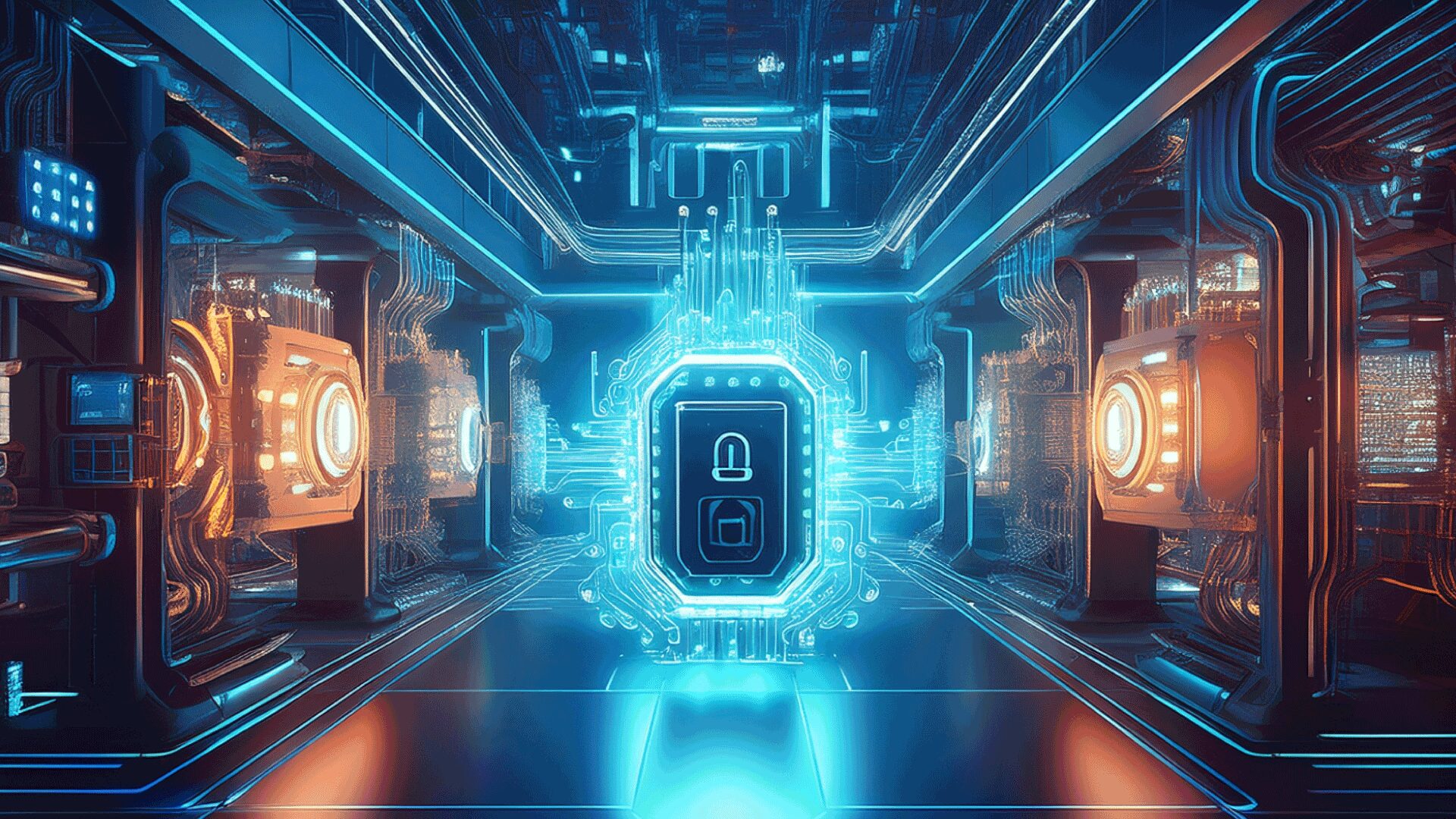The convergence of cybersecurity and physical security in 2025
Security can no longer be divided into two worlds: physical and digital. Today, both are completely interconnected. Video surveillance cameras, access controls, biometric systems, and even perimeter detectors rely on digital networks to function, making them potential targets for cyberattacks.
In 2025, one of the biggest challenges for organizations will be learning to protect not only their physical infrastructure, but also the data and systems that support it. It is no longer enough to have state-of-the-art cameras if their software is vulnerable to hacking. Nor is it sufficient to install a biometric access control system if the network that backs it up does not have solid cybersecurity protocols.
Recent incidents prove this. There have been reported cases of security cameras being hacked in hospitals, airports, and even retail chains, where attackers gained remote access to sensitive recordings. This not only affects privacy but also opens doors to more serious crimes such as sabotage or fraud.
The integration between cybersecurity and physical security is key to closing these gaps. It involves working together with IT specialists and electronic security teams to design resilient solutions. A connected camera should be treated like any other IoT device, with firewalls, multi-factor authentication, and periodic updates.
In the manufacturing industry, for example, a digital intrusion into a security system could stop a production line. In retail, it could compromise customer data. In large-scale residential areas, it could give intruders access by breaching mobile credentials.
The challenge is not small, but neither is it impossible. Companies that invest in convergent security will be better prepared to face hybrid risks, which combine physical and digital attacks. This includes everything from an attempted theft in a warehouse to a ransomware attack that disables all surveillance systems.
Training will also be fundamental. Both security guards and IT administrators must be aware of the risks and protocols to follow. Human error continues to be one of the main entry points for attacks.
The future points to unified security, where intelligent platforms manage both physical and cyber events in the same environment. Thus, early detection of anomalies becomes a powerful ally for responding more quickly and efficiently.
The question is not if an attack will occur, but when. Therefore, every organization must have response plans that contemplate both fronts, from data recovery to physical access control in an emergency.
Convergence is not an option; it is an urgent necessity for any company that wants to protect its assets, its reputation, and the trust of its customers.



Leave a Reply